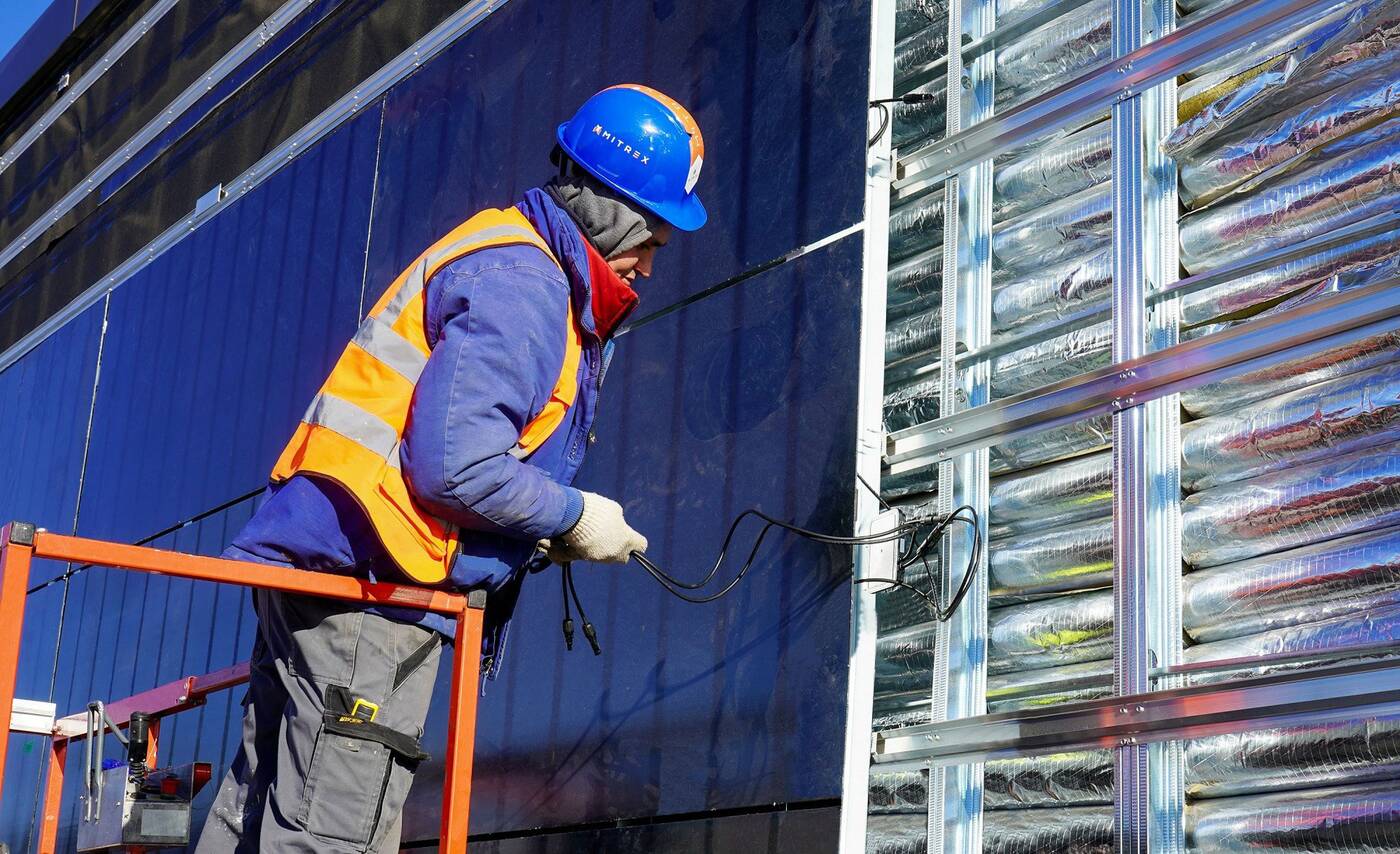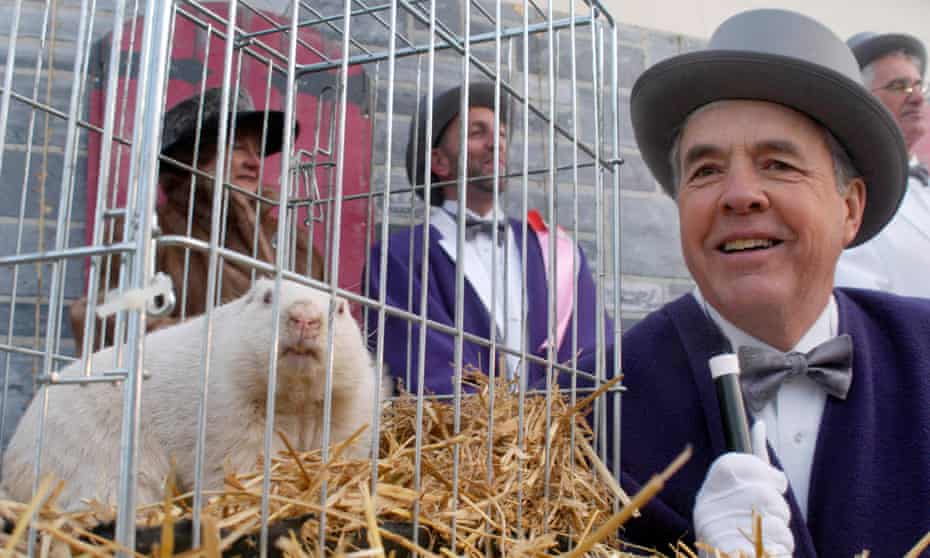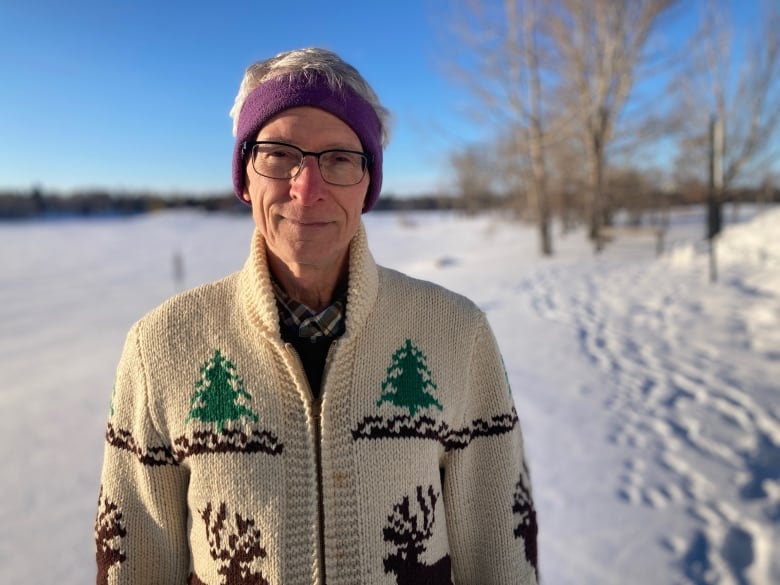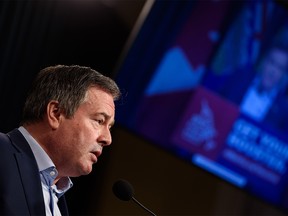OF COURSE THEY DID
UCP denies reports of rural caucus negotiating with blockade protesters after lanes opened in 'good faith'
But UCP caucus chair says some Alberta restrictions likely
to be lifted 'within days'
The United Conservative Party is denying reports that its rural caucus has negotiated an agreement to temporarily end a protest blockade at a border crossing in Alberta, in exchange for discussions on lifting COVID-19 health restrictions.
"Reports have surfaced that the United Conservative rural caucus has negotiated an agreement to temporarily end the Coutts blockade pending the outcome of a rural caucus meeting to discuss the immediate lifting of the Restrictions Exemption Program (REP)," UCP caucus chair Nathan Neudorf said in a statement Wednesday afternoon.
"No such agreement has been authorized and the meeting is not to discuss lifting the REP. As the Premier has stated, Alberta will begin lifting restrictions very soon, likely within days, starting with the REP."
The statement comes after reports of a potential breakthrough that aimed to resolve the blockade that has snarled cross-border traffic at the main U.S.-Canada border crossing in Coutts, Alta, since Saturday.
Chad Williamson, a lawyer representing truckers blocking access to the crossing, said earlier on Wednesday they had spoken with RCMP and agreed to open a lane of the highway in each direction.
Trucks and other vehicles began clearing paths.
WATCH | Potential breakthrough as truckers partially open highway:
"The truckers finally feel like their message has been heard," Williamson said.
"In a tremendous show of good faith, they are reopening one lane each way to provide unimpeded access through the town of Coutts and across the border in both ways.
"That doesn't mean the protest is over, but it signals what we hope to be ongoing cordial efforts to address the concerns of the people who have been involved in the movement down here in Coutts."
RCMP Cpl. Curtis Peters said the protesters removed vehicles from one lane in each direction, northbound and southbound, but added it may be temporary and police continue to monitor.
In a statement issued shortly after 5:30 p.m., RCMP said the move allowed area residents to move freely and would enable emergency services to provide full services. The RCMP said border access and the flow of goods and services would also resume.
"The Alberta RCMP remain on scene and our efforts continue to be focused on fully reopening services," reads the statement.
RCMP said it will also provide escorts to motorists travelling to the border.
Protester says they are hoping for negotiations
The demonstration is tied to an ongoing, nationwide protest over federal rules for unvaccinated or partially vaccinated truckers entering Canada from the U.S. The rules took effect Jan. 15.
The United States implemented a similar mandate on Jan. 22 requiring that all U.S.-bound travellers — including truckers — show proof they've had the required shots.
The tie-up has stranded travellers and cross-border truckers for days, compromising millions of dollars in trade and impeding access to basic goods and medical services for area residents.
Earlier on Wednesday afternoon, and before the release of Neudorf's statement, a protester told CBC News that the lanes were cleared after blockade participants were told that there will be attempted negotiations involving MLAs to loosen COVID-19 public health restrictions.
"I don't know all the details exactly, but from my understanding … if they don't get what they want, they're gonna block it off again. If they drop all the mandates, then they'll continue to negotiate," the protester said.
Reprieve comes after Tuesday violence at Coutts
Police tried to peacefully break up the demonstration Tuesday, only to see others breach a nearby police barricade and join the blockade. Later, a head-on collision occurred, resulting in an assault, police said.
No arrests were made but Peters said they intend to "restore the movement of goods and vehicles on the road, but not at the risk of public safety."
"Obviously enforcement is not the way that anyone wanted this to go," Williamson said.
Premier Jason Kenney called on protesters to end their demonstration on Tuesday.
"This kind of conduct is totally unacceptable," Kenney said during a news conference in Edmonton. "Without hesitation, I condemn those actions and I call for calm."
In a statement issued on Wednesday, Alberta NDP Leader Rachel Notley called on the premier to confirm that "no political interference" would be involved in the removal of public health orders.
"It is horrifying that any member of government caucus would think the public health of Albertans could be used as a bargaining chip to negotiate with people engaged in illegal activities," she said.
"The premier must commit that this will never happen and that he will remove any of his caucus members that believe it should."
Meanwhile, other rumoured blockades around southern Alberta largely failed to materialize by Tuesday afternoon.
However, trucks and tractors were reportedly parked and creating obstacles for drivers on Highway 2 near Fort MacLeod, about two hundred kilometres south of Calgary, around 2:30 p.m.
With files from Erin Collins and The Canadian Press






















